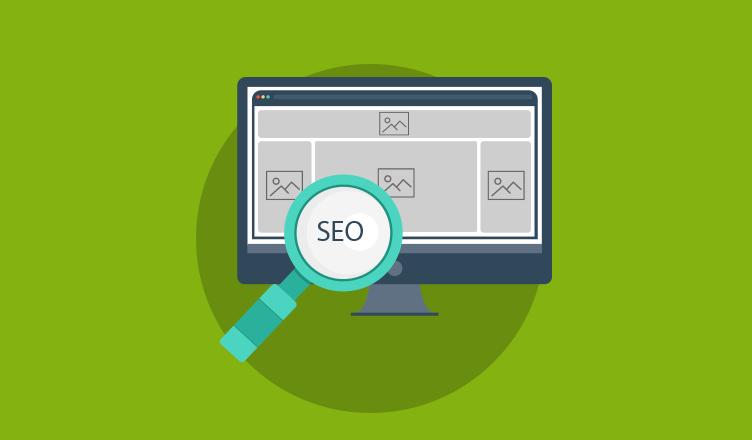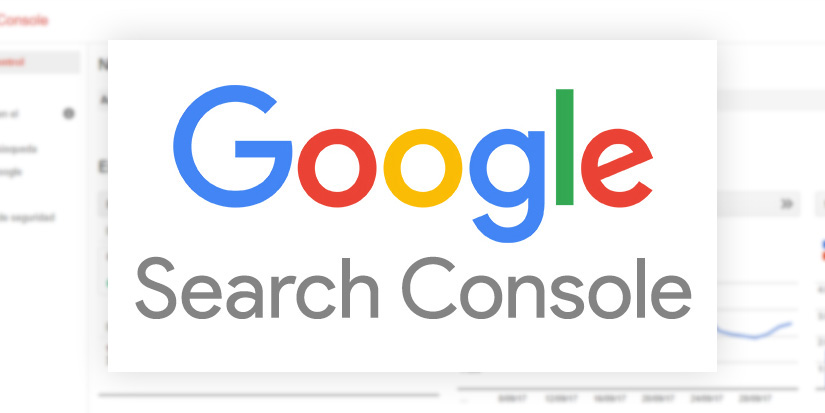How to Optimize Your Image for SEO

As the Google crawlers are becoming smarter and more efficient, the process of achieving better rankings is getting tedious. Now it takes optimized steps to rank your website at the top of SERPs. There are many factors which influences Google Rankings and Image optimization is one of the most important parameter.
Image optimization can drive millions of traffic into your website through image-based search engines. Each image element has significant contribution towards SEO. From headline to alt text, image copy to links redirection, elements play a major role in overall SEO of a page.
Always start image optimization when:
- Your product isn’t displayed when you do Google Image Search
- Your ranking isn’t improving despite following Penguin algorithms
- When bounce rate is higher than your expectation
Name Images Properly
When it comes to search engine optimization, using keywords in the image name helps optimization. Without even looking at the image, you should tell Google to know what the image is about. Therefore, create a descriptive keyword rich name. Search engine not only crawls your content but they also search for image file names. We suggest you to use maximum 3-5 words in your image name.
For example if your image is about Email invoicing tool, then your image file name shouldn’t be like ey12345.jpg, but it should be emailinvoicing.jpg.
Avoid Abbreviation
No matter, what your product or business is all about, avoid any kind of abbreviation. For example, don’t use PS for payment solutions, instead use complete name payment solutions. Combine all the elements together and use dash or underscore (- or _) only to separate keywords.
Consistent Naming
Always make a format to name multiple images in a single way. Don’t and mind it never name a single image in multiple formats. For example, if you have an image called “sms-invocing-payment-solutions.jpg”, you don’t want others to name it as “sms-invoice-pay-tools.jpg”.
Google crawlers won’t accept multiple formats for single type image. Multiple names for the same image also becomes complex to manage when you use it often.
Alt Text Attributes
Alt text is added to image when your image isn’t loaded for any reason. Perhaps because the users have turned off images in their browser, or they are using screen reader, the alt text functionality ensures that critical information is not lost. Therefore, alt text should be descriptive in nature. Make sure that you include targeted keywords in the alt text option.
Google includes alt text as the key ranking factor while optimizing images. Vary your alt text for multiple sizes for same image.
Fill Details
Fill important details such as image titles, captions and anchor texts. Image title is displayed when you hover over an image over website. On the other hand, caption text is visible on your website page. Use some of the keywords in your caption text. Remember that every aspect of image optimization should have a unique keyword density.
Always create an awesome user experience in order to score better in Google rankings. Great images are an excellent way to attract Google Crawlers to your website. Quality images can increase website traffic and it appears better on Google SERPS. Always create a standalone landing page for your image, as it helps Google to collect more related information about your page. Remember to provide useful information such as titles, caption and alt text.


